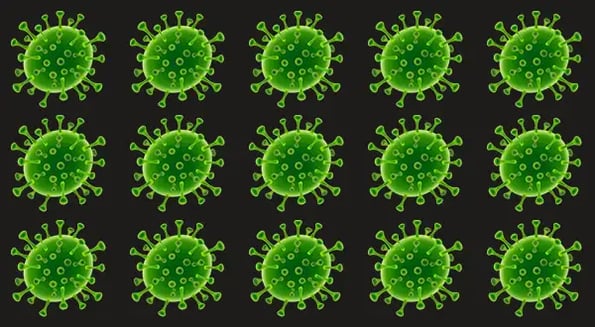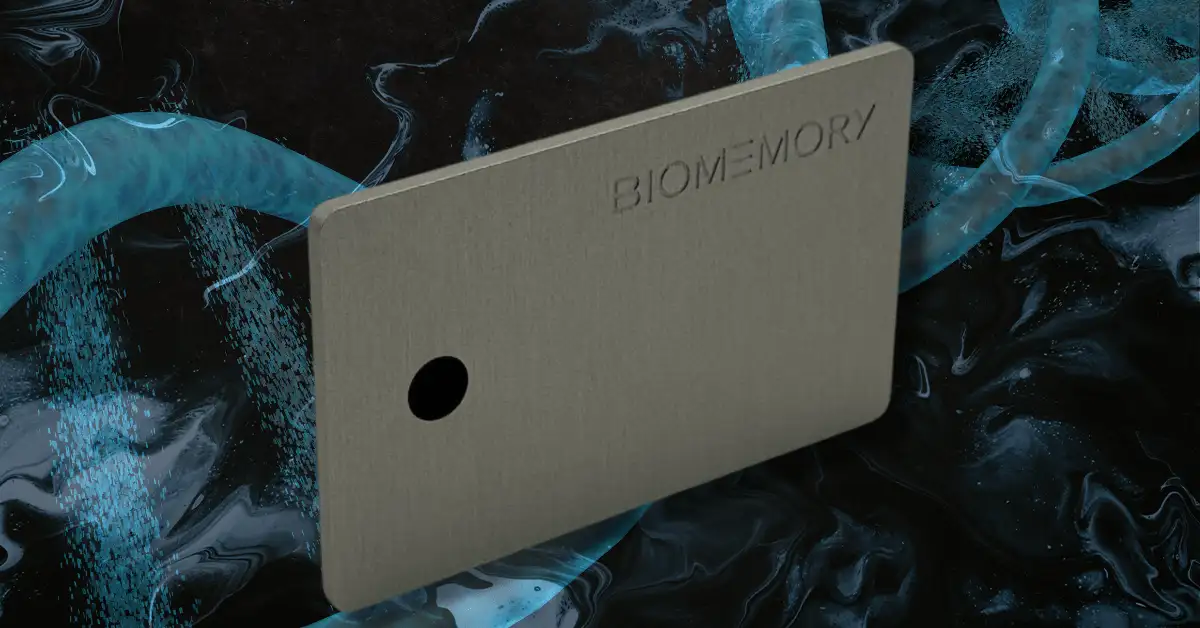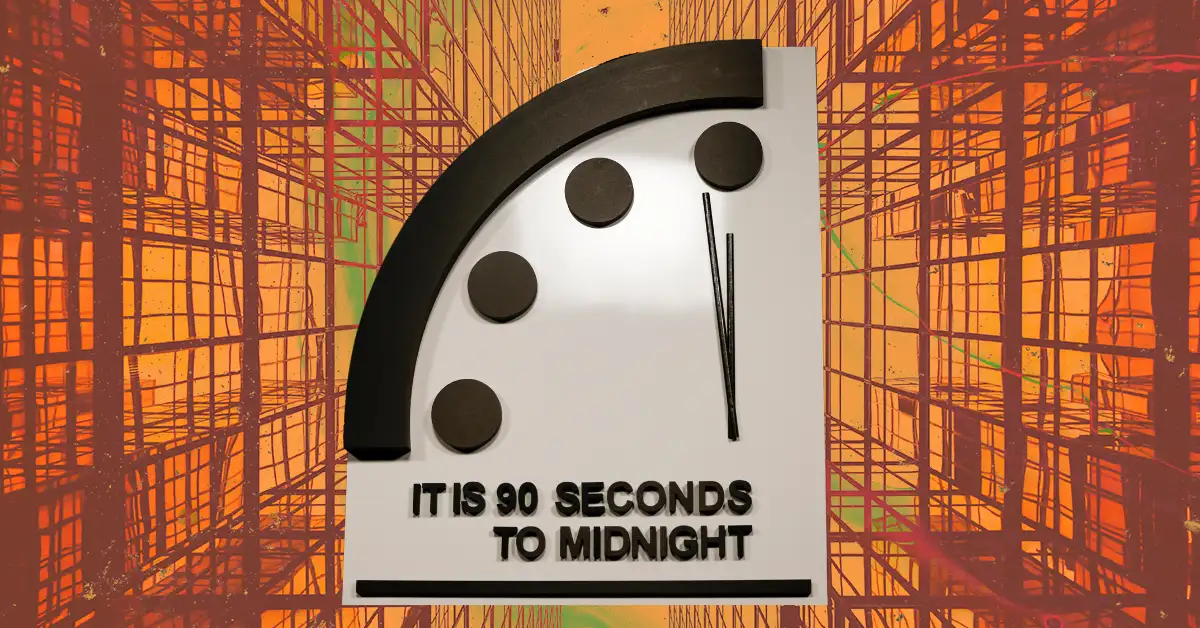Every time you tap that misshapen microbe emoji, a scientist blots out a tear.

Use of the microbe emoji has spiked 1,519% over the last two months, with the medical mask emoji and the sneezing emoji not far behind.
But the public microscope has not been kind to the poor microbe. As OneZero reports, scientists have dismissed it as the “green splat.” Their fear? The emoji is spawning misunderstanding about the nature of COVID-19.
The Emoji Subcommittee knows all about your complaints
You can thank the Unicode Consortium, a nonprofit overlord of the emoji keyboard, for every bad, emoji-laden government tweet.
Through its subcommittee, the consortium decides which of the ~100 annual emoji proposals deserve the green light.
These requests are intensely debated. Thanks to public records, we know that, in October 2017, members argued over whether to add more expressions to the beaming poop emoji.
One detractor claimed that additional facial expressions “open the floodgates for an open-ended set of PILE OF POO emoji with emotions, such as CRYING PILE OF POO, PILE OF POO WITH LOOK OF TRIUMPH.”
Please don’t take public health cues from emojis
When two organizations — the International Council for Science and the American Geophysical Union — brought the microbe emoji before the committee in 2017, members delivered that same energy.
They couldn’t agree on how to create a scientifically accurate virus emoji. So they split the difference.
Emoji aesthetics vary depending on your device, and while Apple users might see a microbe with structural similarities to a virus, Android and Twitter users get an emoji much closer to a bacteria cell.
That’s the central problem. COVID-19 is caused by a virus, not a bacterium — so when people use the microbe to represent COVID-19, health experts worry they’re misleading the public.
But in Unicode’s defense: Anyone who has ever deployed the eggplant emoji knows the art of emojis-as-biological-approximation.










